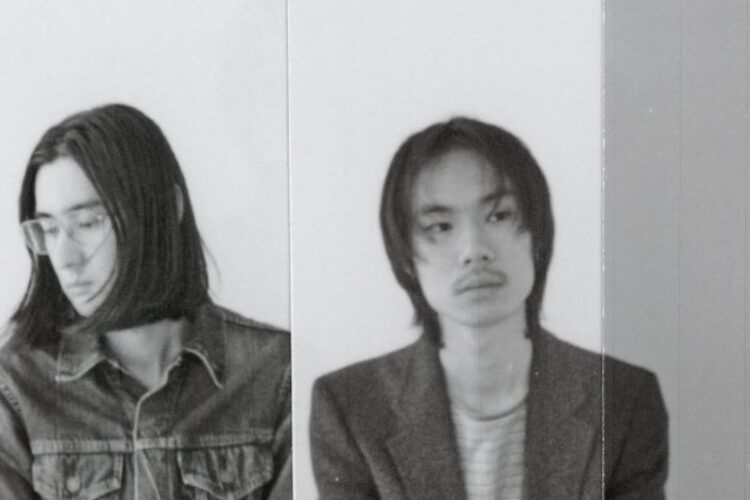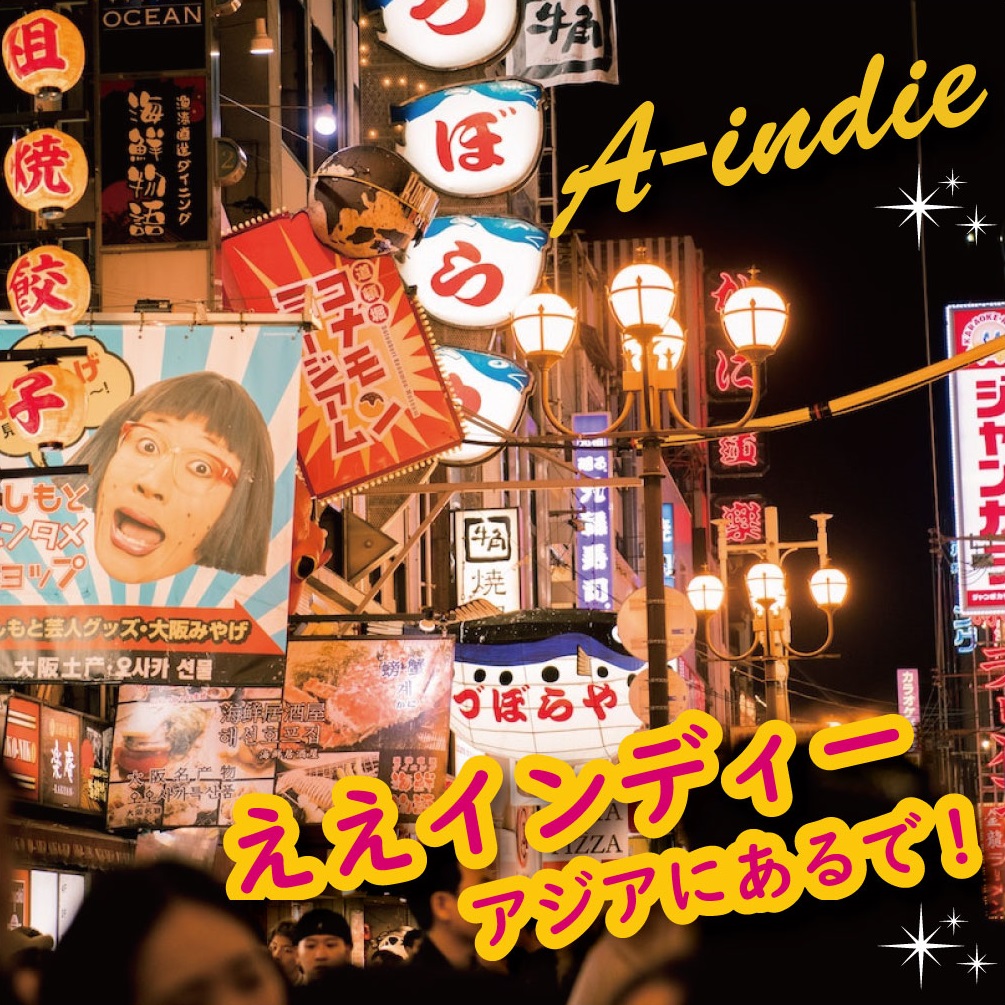Last Updated on 2025-11-12 by a-indie
It’s been a year and a half since their last release. Sisters In The Velvet have finally dropped their highly anticipated new EP, “Mother’s Octave.”
For this release, they took on the thrilling challenge of recording in one take—without even using a metronome.
Jazz-like improvisation was added to the mix, along with a statement against war.
Four tracks that push the “physicality” of band ensemble to its limits.
A new frontier where noise and aestheticism collide like sparks flying.
Frontman Tatsuro Aoyama delves into it all with interviewer Maririn.
The Challenge of the New EP “Mother’s Octave”

Artist: Tatsuro Aoyama | Interviewer: Maririn | Translation, Editing, Proofreading: BELONG Media, A-indie
—Maririn: It’s been a year and a half since your last album “Leaves,” right? I listened to the previous album thinking it had a soft atmosphere overall, but this time it changed drastically—it has an aesthetic mood with a wall-of-sound approach. What kind of changes in mindset or environment happened during this year and a half?
Tatsuro Aoyama: The first album “Leaves” was a work that brought together various music we’d been doing as a band into one form, but looking back now, I feel like that work was still tracing the music we’d listened to. After realizing that, I pursued more than ever how to incorporate the influences we’d received in our own way. We have four players, and the result of trying to express each of those four members’ roots and styles more purely is this current work.
Recording in Pursuit of Physicality
—Maririn: In the materials I received and the liner notes, there was the phrase “physicality of band ensemble.” How did this become the theme? Did you realize it later while creating, or was it from the beginning? First, could you explain what “physicality of band ensemble” means?
Tatsuro Aoyama: In this era, recording also uses digital approaches where you can cut and paste, and process sounds well, right? Even on the first album, rather than each person’s performance, it felt like there was a strong aspect of how to improve the recorded sounds. But this time we stopped that, and focused on how to package that moment of “this is it” at the point of “recorded sound.” I developed a philosophy that without that kind of approach, we couldn’t create music that would remain for the times or that would truly have value. It’s about how we can package the atmosphere when all of us are sessioning together in the studio.
—Maririn: When recording, rather than everyone playing together at once, did you record each instrument separately?
Tatsuro Aoyama: Due to studio circumstances, we couldn’t all perform at once, but the three of us doing backing—me, bass, and drums—did one-take recording without a metronome. We layered other tracks on top of the takes we recorded with that momentum.
—Maririn: So you recorded all three at once from beginning to end.
Tatsuro Aoyama: That’s right. We did it without overthinking, but it was really fun. For the previous album, everything was with a metronome, recording cleanly starting with drums, then bass, recording exactly by the basics, and the judgment was whether it was recorded well or not. But this time we used everything we recorded with the vibe of the moment.
—Maririn: This work has various instruments in it, but there was almost no impression that the sound would be different live—it felt packaged as-is.
Tatsuro Aoyama: Right. This connects to what I said earlier, but for example, even the drum beat—with current technology, you can make it all perfectly aligned and polished to sound skillful. But I completely lost interest in that. To put it extremely, there’s loveliness in the raw aspects like the drums carving rhythm leaning forward here, while against that the bass is riding a bit behind. In that sense of packaging, and in being “not too correct,” there’s sound that can only come from the members who performed. We valued that individuality of “who’s doing it” and “who did it.”
Live as a Turning Point
—Maririn: By the way, was there a trigger that made you realize this approach was better?
Tatsuro Aoyama: Live performances. After finishing the first album and doing live shows a few times, there was a period when I was feeling “why are we even doing live shows?” At that time, we were doing lives trying to “reproduce” the finished songs as skillfully as possible. It felt like reading a script. So I thought maybe that’s why doing live shows wasn’t interesting. After thinking about various things, I found interest in playing with jazz-like improvisation in each performance at that moment. Like intentionally going “off” from the decided chords and sounds. A dissonance in harmony with the other three members is created, but that’s actually good. In short, it’s because I wanted to make music more interesting.
—Maririn: Didn’t the other members think “he suddenly messed up”?
Tatsuro Aoyama: They didn’t. We meet frequently so we talk a lot, and I think they understand that I’m in that kind of mood. I also tell the other members “I want you to play more freely.” Rather than everyone doing improvisation together, it became more about how we as band members can make it more interesting.
Next page here ⏩️



 - is a music media platform run by BELONG, a Japanese music organization. We publish music articles with a focus on indie music.
- is a music media platform run by BELONG, a Japanese music organization. We publish music articles with a focus on indie music.